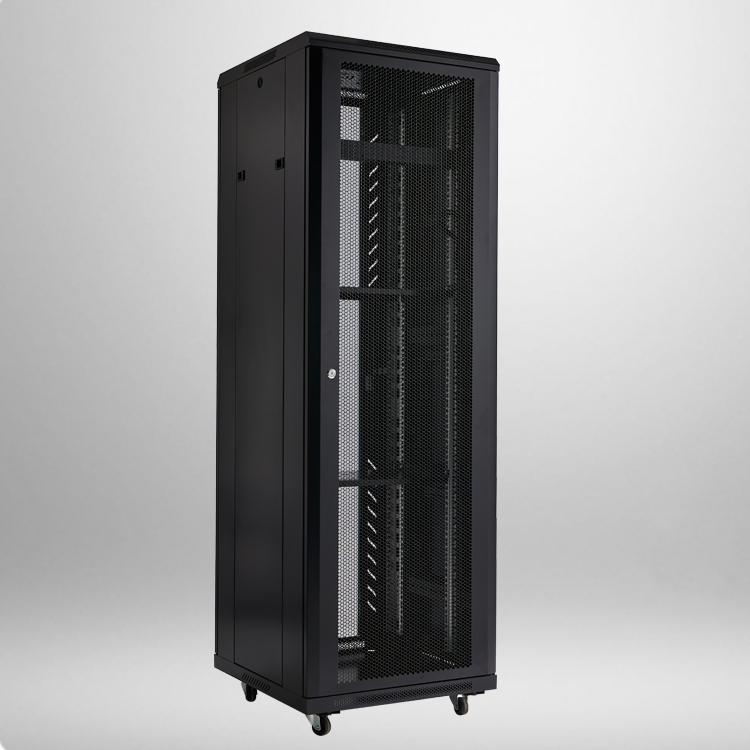
1. The laying of cables should be natural and straight, without twisting or looping joints, and should not be squeezed or damaged by external forces.
2. Both ends of the cable should be labeled with a number, and the label writing should be clear, upright, and correct. Labels should be made of materials that are not easily damaged.
3. In terms of cable reservation, for fixed installation cabinets, there should be no reserved wire length inside the cabinet. The reserved wire should be reserved in a concealed area, with a length between 1m and 1.5m. For movable cabinets, all cables connected to the cabinet should be reserved at least 1m at the entrance of the cabinet, and the difference in reserved lengths between various cables should not exceed 0.5m.
4. After the cable is terminated, there should be margin.
5. The optical cable should be laid in coils and reserved for a length of 3-5 meters. If there are special requirements, the reserved length should be according to the design requirements.
6. Lines with different voltage levels and current categories should be arranged and laid separately.
7. The cables introduced into the cabinet should enter the wall cabinet from below, and be introduced into the distribution frame upwards along the vertical poles on both sides behind the standing cabinet. The color code of a single cable inserted into the connection block of the jumper frame should be consistent with the color code of the jumper frame, and the large number of cables should be sorted according to the combination regulations of standard chromatography
8. Various signs on the wiring terminals should be complete. After the installation of the data distribution frame and switch equipment is completed, machine labels should be affixed to indicate the corresponding room number and port number
9. Before terminating the cable, it is necessary to verify whether the cable identification content is correct
10. No joints are allowed in the middle of the cable
11. The cable termination must be firm and in good contact
12. The cable termination should comply with the design and construction operating procedures
13. The connection between twisted cables and connectors should recognize the wire number and color code of the wire position, and should not be reversed or wrongly connected
14. Tailings should not be tied with straps, especially if they are too tight. It is best to use specialized straps


